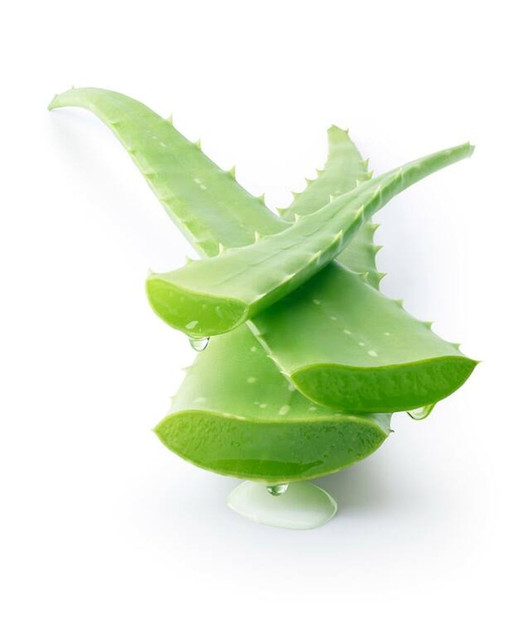What is Aloe Vera?
Posted by DrNatura on Apr 5th 2022
Aloe Vera (Aloe barbadensis/capensis/vera). From its origin in eastern and southern Africa, Aloe has migrated to America. Today it is primarily grown in subtropical areas of the United States and the West Indies.1 The leaves of the aloe plant contain its medicinal substances, which are used as a strong laxative and wound healer.2
What it is used for: Probably best known for its ability to help heal burns, Aloe is also a potent laxative, easily stimulating the colon.3 In addition, it has astringent, emollient, antifungal, antibacterial, and antiviral properties. Applied topically it can heal burns and promote cell regeneration.4 Ingested, it helps to lower cholesterol, reduces inflammation, soothes stomach irritation and acts as a laxative.5
Research Highlights: Clinical trials suggest that aloe vera helps to produce more frequent bowel movements, softer stools, and less laxative dependence.6 Another study found that burn injuries treated with aloe gel had an improved healing rate.7
----
Disclaimer: This information is meant to be used for educational purposes. These statements have not been evaluated by the Food & Drug Administration. These ingredients and DrNatura is not intended to diagnose, treat, cure or prevent any diseases.
As with any medical information on health, it is always best to check with your personal physician who knows your medical history best since they are more qualified in giving you the best recommendation. Our information, advice or recommendation is not intended to be a substitute for professional medical advice, diagnosis, or treatment. Always seek the advice of your physician or other qualified health provider with any questions you may have.
References:
1. The Complete Guide to Natural Healing. (2000). International Masters Publishers, AB., 1:6.
2. Ibid.
3. Armstrong, D. (2001). Herbs That Work, Ulysses Press, pg. 3.
4. Balch, P. & Balch, J. (2000). Prescription for Nutritional Healing, 3rd ed., Avery Publishing, pg. 89.
5. Ibid.
6. PDR For Herbal Medicines, 3rd ed. (2004). Thompson PDR, pg. 17.
7. PDR For Herbal Medicines, 3rd ed. (2004). Thompson PDR, pg. 19.


